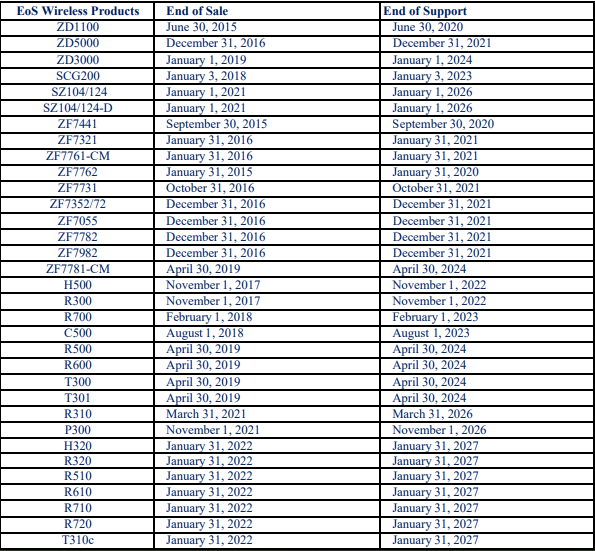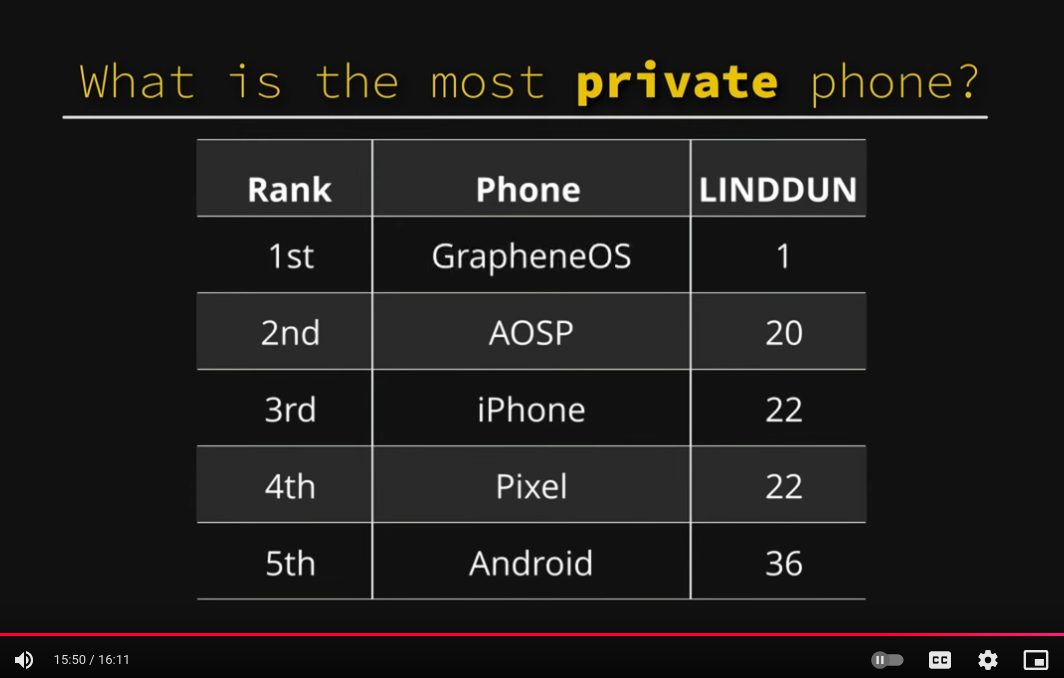

Seems so, yes.

#nobridge


Seems so, yes.

A video where the uploader compares different phone operating systems using the LINDDUN threat model.




I’d look at wireguard / tailscale / headscale and hide your services behind a vpn


OpenWrt with 802.11r and 802.11s configured will work as a mesh network with roaming functionality.
https://openwrt.org/docs/guide-user/network/wifi/mesh/80211s
https://openwrt.org/docs/guide-user/network/wifi/roaming
Not many Ruckus devices that are supported though:
Brand - Model - Supported Version
Ruckus - ZF7025 - 23.05.2
Ruckus - ZF7321 - 23.05.2
Ruckus - ZF7341 - 23.05.2
Ruckus - ZF7343 - 23.05.2
Ruckus - ZF7351 - 23.05.2
Ruckus - ZF7352 - 23.05.2
Ruckus - ZF7363 - 23.05.2
Ruckus - ZF7372 - 23.05.2
https://openwrt.org/toh/start?toh.filter.supportedcurrentrel=22.03|23.05


I’m so happy I went with a self-hosted Forgejo for my code repo.


deleted by creator


I mean the only interesting data sent is the mac address, android phones spoofs that by default, using a separate mac adress for every network and on a debian based distro you can use https://packages.debian.org/stable/net/macchanger if you wanna spoof it when using your computer in the networks owned by others.


sending personal data to someone else’s computer.
I think this is spot on. I think it’s exciting with LLMs but I’m not gonna give the huge corporations my data, nor anyone else for that matter.


Gonna check it out!
Is it easy to setup automatic responses to the alerts, f.e. restarting a service if it isn’t answering requests in a timely manner?
Have you used it together with Windows Servers too?
There are private GPT solutions coming, f.e. https://www.fujitsu.com/global/products/data-transformation/data-driven/ai-test-drive/
They are aimed at companies that for compliance reasons want to self host.
I wouldn’t trust an llm solution with sensitive information unless I host it myself.


I’ve used SNMP a lot together with nagios so I should be able to handle it. :D


I’ll have a look! Cheers!


Cheers! I’ve heard of Prometheus/Grafana but VictoriaMetrics was a new one. Gonna look into it!


For signal I imagine you’ll find the best answers here:
https://github.com/signalapp/Signal-Android/blob/main/CONTRIBUTING.md
https://community.signalusers.org/c/development/android-development/22
The simple solution is to use another cloud, such as proton drive mentioned below.
Another more technical solution is to setup a vpn at home and use vpn + smb to share files with your phones, this one fails if your computer isn’t always online at home or if your internet provider runs CGNAT.
Your computer could be replaced with a selfhosted solution as nextcloud running on separate hardware, but now we’re firmly in selfhosting land.
The VPN home could be replaced with a VPS that both your home network and mobile devices connect to as a CGNAT workaround.
The KISS (Keep it simple, stupid) principle says that getting another cloud storage is the way to go. If you truly wanna own your cloud then a trip to selfhost land it is.


" in" appears 25 times on the page to be exact, with 16 of those being in the table of contents and 9 being in the text afterwards.
“in” appears 54 times, as you know end up hitting “string” and so on.
Had I known that the functions table of contents was as short as it is I would probably have just scrolled.


After which ctrl+f " in" takes you to the correct chapters. I do agree that a direct link would be more helpful.
And for learning postgresql I agree it isn’t very helpful - using their tutorial links, w3schools or something like udemy if you prefer video format is the way to go in that use case.
I remember back when you were told to learn to work with the documentation, not memorize it, because you will always have access to it as a reference. Maybe bookmarking reference books/documentation will make a come back as the search engines degrade.


I definitely feel the pain when it comes to worthless results nowadays. Though in this case DDG comes through:

Adding documentation to the search makes the “correct” page soar to the top:

If you got another psu then that would probably be the simplest way to verify if its the psu or not.